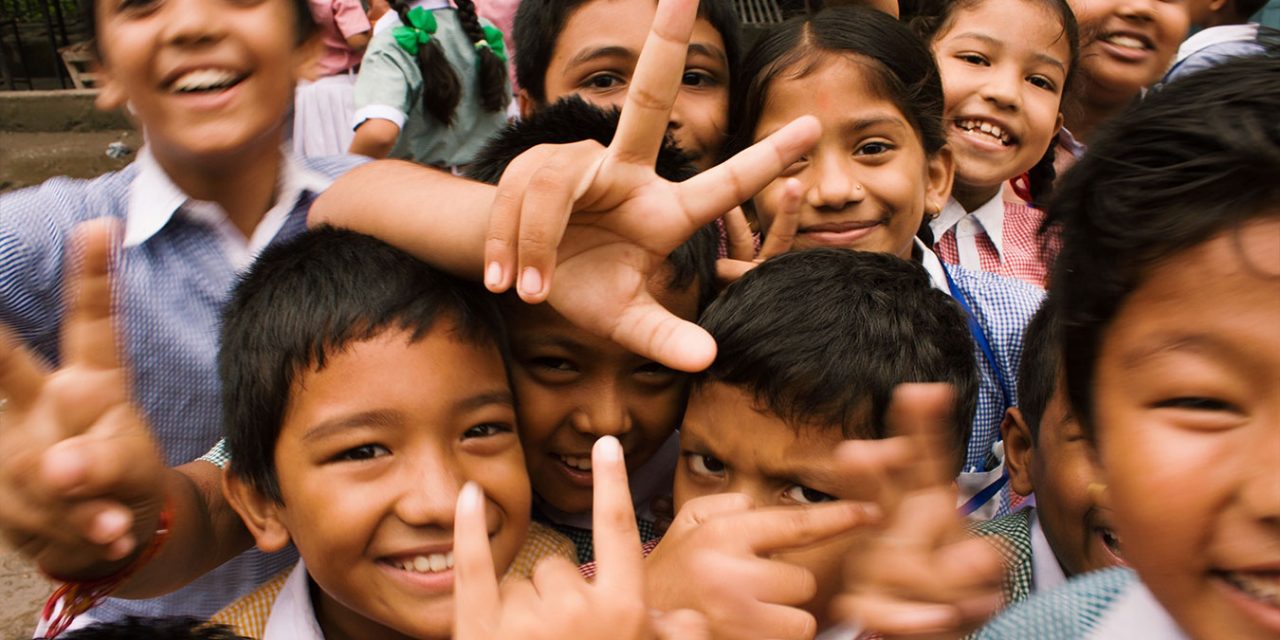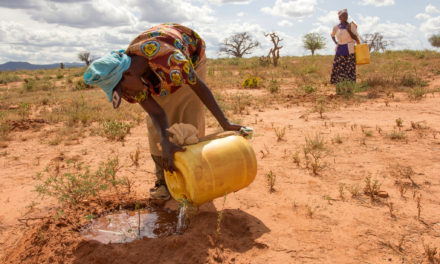Why is Education so Important?
According to UNICEF education is the “most potent equalizer of opportunity” and can offer children from poor families “a ladder out of poverty” and can put them on the road to a “stable and promising future.” This is equally true in any in both developed and developing countries.
Amy Blomme, a global education officer at UNICEF, explained to Belong that in many developing countries and in areas ravaged by conflict, school can also provide many practical advantages, which can be overlooked.
If a natural disaster or conflict affects an area or country, school can provide children with knowledge and skills to help them rebuild their destroyed communities and provides the structure and stability needed to deal with trauma.

The Quality of Education
Access to education itself is not enough. The Education for All Global Monitoring Report released in 2014 found that of the 650 million children at primary school globally, 38% of them are not learning basic literacy and numeracy and often fail to make it to fourth grade and so effectively drop out of education by the time they are ten years old.
It is estimated that overall, more than half of children and young adults are not meeting minimum standards in maths and literacy.
“We need to focus our efforts to help every child not only secure basic skills but develop the competencies they need to thrive, fulfil their potential and contribute to a better society,” said Blomme.
But in many developing countries, the level to which children are learning successfully is not measured. This is starting to change and is key to ensuring that the quality of education is improved. For example, UNICEF’s Foundational Learning Skills module has a survey, which provides information on the level of learning achieved in school and other factors that influence this, such as a child’s family circumstances.
The Most Vulnerable Must Not Be Left Behind
Most importantly, teachers and schools must focus their efforts on the most vulnerable children in society, which is often those from the poorest families or with disabilities. If this does not happen then societies will only make existing inequalities worse.
There has been some progress recently on increasing the number of children attending school from the poorest families but kids from the poorest 20% of households are more than three times as likely to be out of school than children from the richest 20%. While two-thirds of all adolescents from the poorest 20% of families have either not attended school at all or dropped out of primary school.
Political will is important in helping international organisations such as UNICEF make education more available to the world’s poorest children. Although Sub-Saharan Africa accounts for 75% of all children out of school globally, both Ethiopia and Niger, which are among the poorest countries in the world, have made the rapid progress in enrolling more primary and secondary school children with an increase of 15% and 19% respectively between 2007 and 2017.
Disability remains one of the most serious barriers in terms of access to education in many countries. A staggering 50% of children with a disability are not at school, compared to just 13% of children without a disability.
In many countries having a disability is still something of a stigma. For example, in Lebanon, a law passed in 2000 grants all children with a disability the right to an education, but the reality is that many disabled children simply do not go to school.
In a recent report by Human Rights Watch, of 33 families from Lebanon with disabled children, all said their children were excluded from school because of their disability. Some schools, who are legally meant to take disabled children, just refuse to do so or introduce discriminatory fees and expenses to make it as hard as possible for them to enrol.
Gender and ethnicity also continue to be a barrier to education. Only 19% of countries have achieved gender parity in secondary school, although in primary education the figure is better at 53%. While in many countries children from ethnic minorities were a lot more likely not to go to school, particularly at secondary level.
Children in countries in the grip of a humanitarian crisis or conflict are often unable to go to school. UNICEF has worked out that up to 27 million children are not attending school in 24 countries that are affected by conflict. The areas of Western Asia, the Middle East, and North Africa have been particularly badly affected by conflict in recent years.

Pre School Learning Often Overlooked
More effort must be made, particularly in developing countries, to invest in a child’s early years of learning.
“Early years provide a critical window of opportunity for girls and boys to build the foundations of learning and develop skills that can help them succeed in school and over the course of their lives,” said Bloome.
Yet just half of the world’s children receive pre-school education and in developing countries, that figure jumps to almost 80%.
Private Sector Should Help Pay
UNICEF has ambitious goals to make SDG 4 become a reality, but it will not be cheap to achieve this, and increased funding will be needed over the coming years. National governments will continue to play a key role, but stronger public will to invest in education and a greater financial contribution from private donors will also be crucial.
“What’s at stake is not the future of these children – it’s the entire future of their communities, their countries, and the world,” said Blomme.
For example, if businesses were to increase their investment in children and young people in Africa, this would in turn help to transform education systems that could see many countries in Africa harness their expected population growth and reap a demographic dividend that would see per capita incomes increase four-fold by 2050.
Africa’s population boom represents both a challenge and “an opportunity to create a truly skilled, educated workforce by investing in children across the continent now,” said Blomme.
One such example of the private sector stepping up to help improve access to education is a partnership launched last year between UNICEF, Microsoft and the University of Cambridge. They developed a ‘learning passport’, a digital platform that can be used by children who have been affected by conflict or natural disasters and who now may be living in a refugee camp or another country. The software is designed to work across borders and get around the constraints of rigid national curriculums.
The world’s forecasted population growth represents both a challenge and an opportunity to create a more skilled workforce for the future. UNICEF estimates that 5.8 million new teachers will be needed 2030 just to meet minimum international standards.]]>
- Why is California So at Risk from Wildfires? - 13th November 2019
- Carbon Offsetting is Growing but Does it Make a Difference? - 11th November 2019
- Three Confirmed Dead as Australia Prepares for “Catastrophic” Bushfires - 11th November 2019






